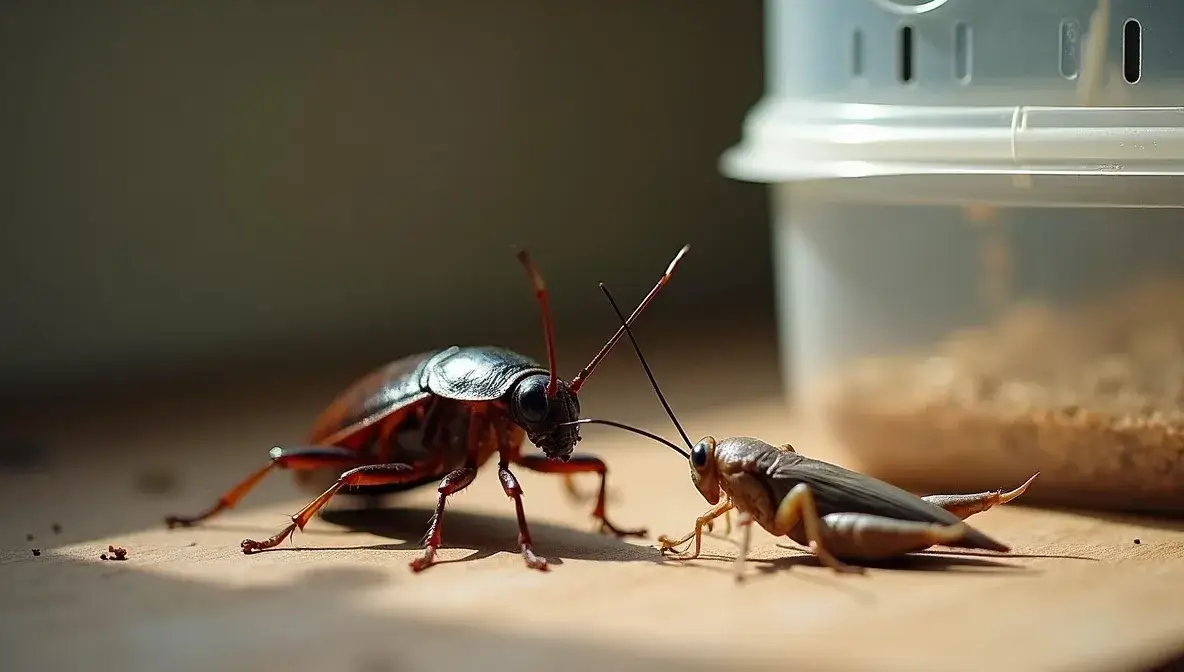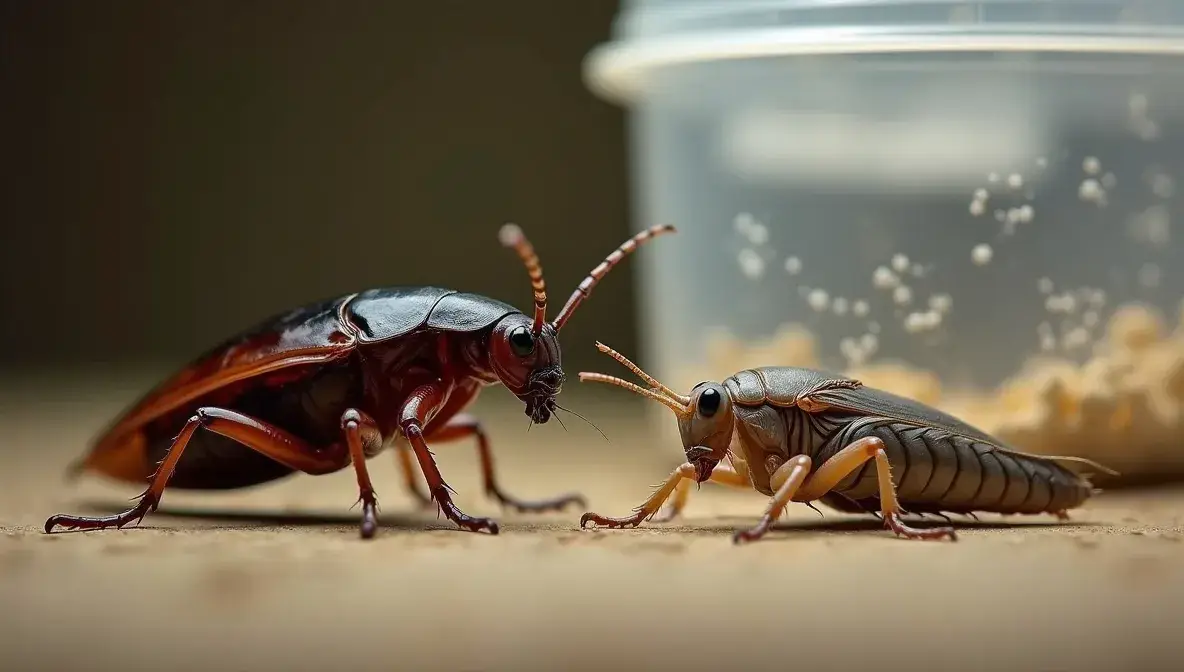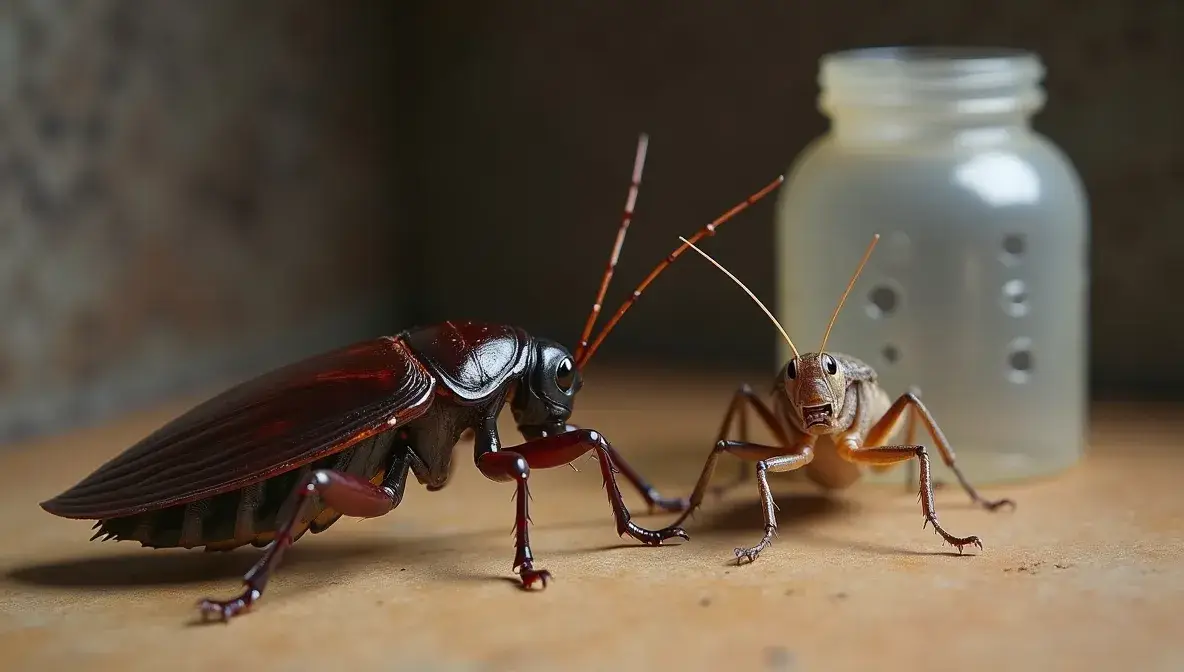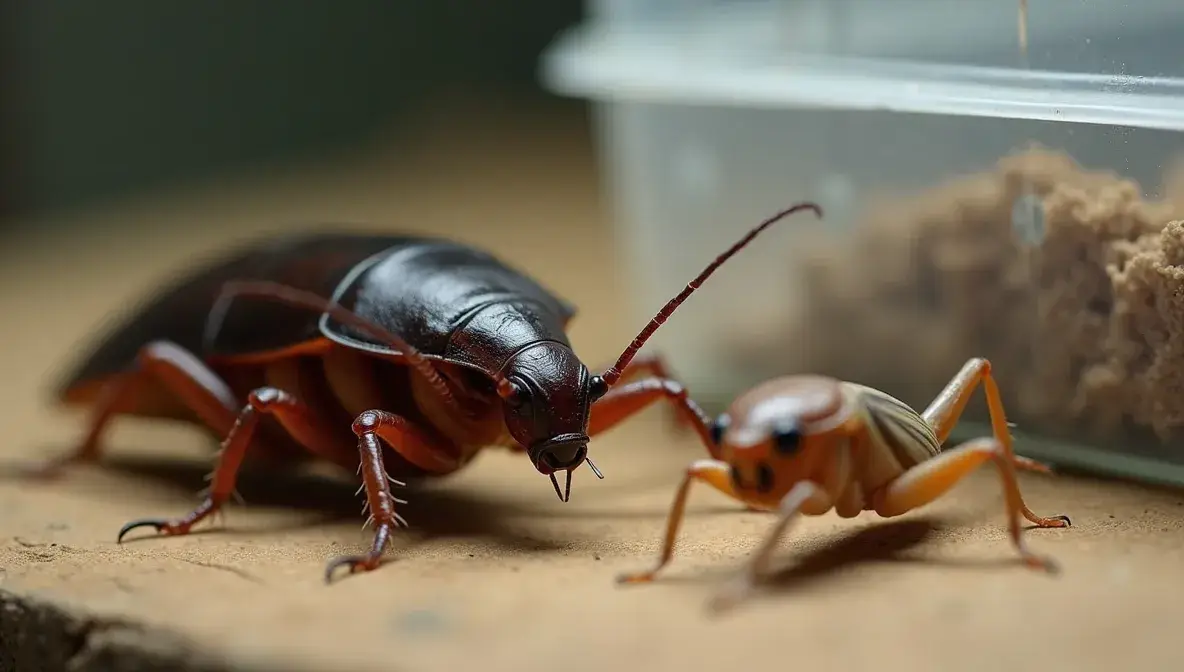If you’re a reptile owner or exotic pet enthusiast, chances are you’ve wondered, can you keep Dubia roaches in a cricket keeper? This is a common question among pet owners looking to simplify insect care and save on space. Dubia roaches (Blaptica dubia) are one of the most popular feeder insects for reptiles and amphibians due to their high nutritional value, ease of care, and low odor. Cricket keepers, on the other hand, are widely available and convenient enclosures designed specifically for housing crickets. But are these two compatible? This blog post dives into the practicalities, benefits, and potential pitfalls of using a cricket keeper for Dubia roaches so you can make an informed decision.
Understanding Dubia Roach Behavior and Needs

Before deciding whether a cricket keeper is suitable for Dubia roaches, it’s important to understand their unique requirements. Dubia roaches are tropical insects that thrive in warm, humid environments. Native to Central and South America, they are non-climbing and non-flying species, making them easier to handle than other roaches.
Unlike crickets, which are known for their agility and escape tendencies, Dubia roaches prefer darker, enclosed spaces and are relatively sedentary. They require a setup that mimics their natural habitat while also being practical for feeder use. Here’s a breakdown of their basic needs:
- Temperature: Optimal temperatures range from 85°F to 95°F for breeding and growth.
- Humidity: They require moderate humidity levels (40%–60%) to stay healthy and prevent dehydration.
- Ventilation: Proper airflow is essential to prevent mold or bacteria growth in their enclosure.
- Hiding Spaces: Dubia roaches thrive when they have plenty of places to hide, such as egg crates or cardboard tubes.
- Escape Prevention: Though they don’t climb smooth surfaces, a secure enclosure is crucial.
Now that we know their requirements, let’s evaluate whether a cricket keeper can meet these needs.
What Is a Cricket Keeper?
A cricket keeper is a plastic container specifically designed for housing crickets. It typically comes with the following features:
- Ventilated Lids: Prevents suffocation and allows airflow.
- Removable Tubes: Small plastic tubes provide an easy way to remove crickets for feeding.
- Compact Design: Often smaller in size, making them space-efficient.
- Escape-Proof Build: Cricket keepers are designed to prevent crickets from escaping, which is a major concern for pet owners.
While these features are great for crickets, they may or may not align with the needs of Dubia roaches. Let’s explore the pros and cons of using a cricket keeper for Dubia roaches.
Can Dubia Roaches Thrive in a Cricket Keeper?

Advantages of Using a Cricket Keeper
- Convenience
Cricket keepers are lightweight and easy to handle, making them a practical option for storing small colonies of Dubia roaches. If you’re looking for a temporary or travel-friendly solution, a cricket keeper can be a viable choice. - Ventilation
The ventilated lids on cricket keepers ensure adequate airflow, which is essential for preventing ammonia buildup and maintaining a healthy environment for your roaches. - Escape Prevention
Since Dubia roaches don’t climb smooth surfaces, the escape-proof design of a cricket keeper works well to contain them. - Affordable and Readily Available
Cricket keepers are widely available at pet stores and online retailers, often at a lower cost than more specialized roach enclosures.
Drawbacks of Using a Cricket Keeper
- Size Limitations
Cricket keepers are generally smaller than the enclosures recommended for long-term Dubia roach care. A small cricket keeper may not provide enough space for a growing colony or sufficient hiding areas. - Inadequate Humidity Retention
The ventilated lids of cricket keepers can cause humidity to dissipate quickly, which is not ideal for Dubia roaches. Without proper humidity, they can become dehydrated and stressed. - Temperature Regulation
Cricket keepers lack insulation, making it difficult to maintain the warm temperatures Dubia roaches need to thrive. Additional heating equipment may be required, such as a heat mat or ceramic heat emitter. - Hiding Space Shortage
Dubia roaches require ample hiding spots to feel secure. Cricket keepers often lack the vertical space to accommodate egg crates or other structures commonly used in roach setups.
How to Modify a Cricket Keeper for Dubia Roaches

If you’re set on using a cricket keeper for Dubia roaches, you can make a few modifications to improve its suitability. Here’s how:
- Add Hiding Spots
Place small pieces of egg crate or cardboard vertically inside the cricket keeper. This provides hiding spaces and maximizes the use of vertical space. - Improve Humidity Levels
To maintain adequate humidity, mist the enclosure lightly with water every few days. Alternatively, place a small damp paper towel or sponge in a corner (away from food) to increase moisture. - Use a Heat Source
Attach a heat mat to the side or bottom of the cricket keeper to maintain the ideal temperature range. Use a thermostat to prevent overheating. - Monitor Ventilation
While ventilation is important, too much airflow can dry out the enclosure. Cover a portion of the ventilated lid with plastic wrap or tape to retain some humidity. - Limit Colony Size
Cricket keepers are best suited for small groups of Dubia roaches. Avoid overcrowding, as this can lead to stress, increased waste, and poor health.
Alternative Enclosures for Dubia Roaches
If a cricket keeper doesn’t seem like the best fit, there are other options to consider. Here are a few alternatives:
- Plastic Storage Bins
Large plastic bins with smooth sides are affordable and easy to customize for Dubia roaches. Drill small holes in the lid for ventilation. - Glass Tanks
A 10- or 20-gallon glass tank can provide a spacious and visually appealing home for your roaches. Use a mesh lid to allow airflow while preventing escapes. - Custom-Built Enclosures
For serious breeders, custom-built enclosures offer the flexibility to create the perfect environment for a large colony.
Final Thoughts
So, can you keep Dubia roaches in a cricket keeper? The short answer is yes, but with limitations. While cricket keepers can work for small groups of Dubia roaches or as a temporary solution, they are not the ideal long-term habitat. Dubia roaches thrive in larger, more humid enclosures that provide plenty of hiding spaces and consistent warmth.
By understanding the unique needs of Dubia roaches and the features of cricket keepers, you can make an informed decision that supports the health and well-being of your feeder insects. Remember, happy and healthy feeders mean better nutrition for your pets!
If you’ve tried housing Dubia roaches in a cricket keeper or have any tips to share, we’d love to hear from you in the comments below. For more insights on reptile care and feeder insects, check out our other posts! Drguidez.

Mark Manson is an expert blogger specializing in Dubia Roaches. He shares practical care tips, breeding insights, and feeding advice to help enthusiasts and reptile owners thrive.

